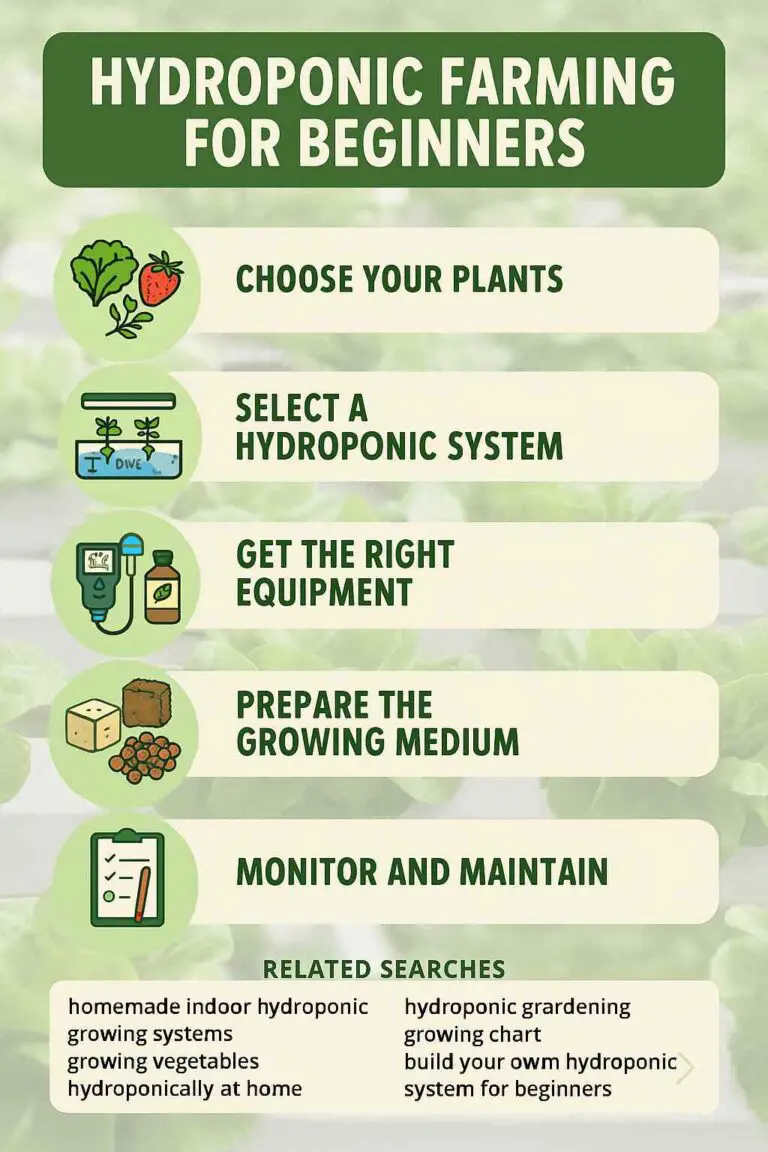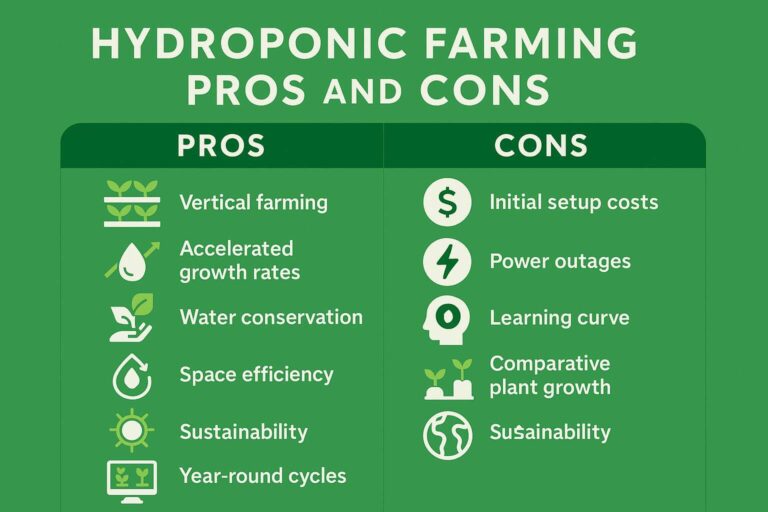As winter blankets the garden in frost and cold winds blow, you may find yourself wondering whether it’s wise to repot outdoor plants during this chilly season. Repotting is a fundamental aspect of plant care, but is it suitable for the winter months when outdoor conditions are less than favorable? In this comprehensive guide, we will explore the nuances of repotting outdoor plants in winter, offering valuable insights and practical tips to ensure the well-being of your cherished green companions.
Grasping the Challenges of Winter
Before delving into the intricacies of repotting outdoor plants in winter, it is essential to appreciate the unique challenges posed by this season. Winter presents a trifecta of obstacles—cold temperatures, shortened daylight hours, and unpredictable weather – all of which can impact your plants’ health and survival.
The Temperature Conundrum
One of the primary concerns when repotting in winter is the biting cold. Most plants thrive in warmer temperatures that promote root development and growth. However, the winter chill can be harsh on plant roots, leading to frost damage and hindered nutrient absorption.
To safeguard your plants from the cold, opt for repotting on milder days when temperatures are above freezing. This minimizes the risk of cold-induced stress and allows your plants to adjust more comfortably to their new pots.
The Diminished Sunlight Dilemma
Winter ushers in shorter days, meaning your plants receive less natural sunlight. This reduced light availability can impede their recovery from the stress of repotting since they have less energy for photosynthesis. Adequate light is paramount for plant well-being, necessitating adjustments to compensate for the diminished sunlight during winter repotting.
To ensure your repotted plants receive sufficient light, consider relocating them to a spot with bright, indirect sunlight or introduce grow lights when repotting indoors. Adequate lighting is the key to a successful transition.
The Vagaries of Winter Weather
Winter’s unpredictability often includes heavy rain, snow, and freezing conditions. Repotting in such circumstances can be risky, exposing plants to excess moisture and temperature fluctuations.
To shield your plants from the perils of winter weather, plan your repotting on clear, precipitation-free days. In the face of severe weather, utilize frost blankets or covers to protect your freshly repotted plants from the elements.
The Right Time to Repot
Now that we have a grasp of the challenges posed by winter, let’s explore when it is appropriate to embark on the repotting journey during this season. While winter repotting is challenging, certain situations make it necessary or advantageous.
Transplanting Hardy Perennials: Embracing Winter’s Opportunity
Winter presents an ideal window for repotting hardy perennials such as hostas, daylilies, and ornamental grasses. These resilient plants can withstand the cold and benefit from the extra room for root growth during their dormant phase.
If you have hardy perennials outgrowing their current pots or showing signs of root congestion, seize the opportunity to repot them in winter. This allows them to establish robust roots before the active growth season resumes.
Correcting Issues: Tending to Root Problems and Beyond
If you’ve identified root-bound plants or other issues with your outdoor plants, winter offers an opportunity to address these concerns. However, exercise caution and ensure the plant’s health is stable before embarking on repotting.
In cases of root-bound plants or signs of stress like yellowing leaves or stunted growth, winter repotting can rejuvenate your plants. By providing them with fresh soil and more space, you facilitate their well-being.
Overwintering Houseplants: Preparing for Indoor Living
For gardeners who move houseplants outdoors during the summer, repotting before returning them indoors for winter is often necessary. This is particularly crucial when the plant has outgrown its current pot or requires refreshed soil.
Before reintroducing your houseplants to indoor life, consider repotting them to replenish the soil and ensure they have sufficient room to grow during the winter months. This aids in their adaptation to indoor conditions.
Severe Root Problems: A Last Resort for Survival
In cases of severe root rot or other grave root-related issues, repotting may be the only lifeline for your plant. Even in winter, it is wiser to repot than to allow the problem to worsen.
If you observe mushy, foul-smelling, or discolored roots, it is indicative of root rot. Swift action, including repotting into fresh, well-draining soil, can salvage your plant from the brink.
Preparing for Winter Repotting
Before embarking on the winter repotting adventure, thorough preparation is essential. Adequate planning and precautions streamline the process and reduce stress on your plants.
Gathering Your Supplies: A Checklist for Success
Gather all the necessary supplies ahead of time to ensure a smooth repotting process. You’ll need:
- A new pot with adequate drainage holes
- Fresh potting mix suitable for your plant type
- Pruning shears or scissors for root trimming
- A tarp or newspaper to contain soil spills
- A watering can with room temperature water
- Gloves for hand protection
Having these supplies ready streamlines the repotting process and ensures that everything is within reach.
Choosing the Right Day: Timing Is Crucial
Select a day for repotting when the weather is milder. Aim for temperatures above freezing, and check the weather forecast for rain or snow. Overcast days are preferable to bright, sunny ones, as they reduce stress on the plant.
Picking the right day is paramount to minimize your plants’ exposure to harsh winter conditions and to ensure their well-being.
Pruning and Inspection: Nurturing Healthy Roots
Before repotting, meticulously inspect the plant’s roots and eliminate any dead or damaged sections. This step encourages healthy new growth and prevents problems from transferring to the new pot.
Trim away circling or tangled roots with sharp pruning shears or scissors. Healthy roots form the basis for a thriving plant.
The Repotting Process
Now that you are well-prepared, let’s delve into the repotting process for outdoor plants in winter. Follow these steps diligently to ensure a smooth transition.
Choosing a Larger Pot: Room to Flourish
Select a pot slightly larger than the current one. Providing extra room for the plant’s roots encourages healthy development. Ensure the new pot has ample drainage holes to prevent overwatering.
A larger pot allows your plant’s roots to spread, access more nutrients and moisture, and promote vigorous growth.
Removing the Plant from Its Current Pot: Handle with Care
Gently tap the old pot to loosen the plant, then slide it out with care. If the plant resists, use a knife or pruning shears to trim roots that have grown through the drainage holes or around the pot’s edges.
Handle the plant delicately to avoid damaging roots or stems during removal.
Pruning the Roots: Stimulating Healthy Growth
Trim the plant’s roots by eliminating circling or tangled ones. Use sharp pruning shears or scissors for clean cuts. This step fosters the growth of new, healthy roots.
Pruning roots not only ensures the plant fits comfortably in its new pot but also stimulates fresh root growth, enhancing nutrient absorption.
Adding Fresh Potting Mix: A Nutrient-Rich Haven
Place a layer of fresh potting mix at the bottom of the new pot. Position the plant in the center and fill around the sides with more potting mix, gently compacting it. Leave a small gap between the soil’s surface and the pot rim for watering.
Fresh potting mix provides essential nutrients and an ideal growth medium for your plant in its new home.
Watering Thoroughly: The Gift of Hydration
Water the newly potted plant thoroughly, allowing the water to settle and displace any air pockets in the soil. Ensure the water is at room temperature to prevent shocking the plant with cold water.
Proper hydration is crucial for your plant’s initial adjustment to its new pot and soil.
Mulching (Optional): Regulating Moisture and Temperature
Applying a layer of mulch on top of the soil can help conserve moisture and regulate soil temperature during winter. Exercise caution not to overapply mulch, as excessive moisture can lead to root rot.
Mulching offers an extra layer of protection and insulation for your plants during the colder months, but moderation is key.
Section 5: Caring for Repotted Plants in Winter
After successful winter repotting, providing your plants with proper care is vital for their health and survival during the cold season.
Monitoring Moisture Levels: Balancing Act
Regularly check the soil’s moisture level. While you want to avoid bone-dry conditions, it is crucial to prevent overwatering, which can lead to root rot. Water when the top inch of soil feels dry to the touch.
Balancing soil moisture is essential to prevent both underwatering and overwatering, which can stress your plants.
Avoiding Fertilizing: Embrace Patience
During winter, most plants are dormant and not actively growing. Therefore, refrain from fertilizing your repotted plants until spring, when they resume active growth.
Fertilizing during dormancy can be counterproductive and potentially harm your plants.
Protection from Extreme Cold: Shielding Your Plants
In anticipation of severe cold spells, provide protection for your repotted plants. Utilize frost blankets, cloths, or plastic covers to shield them from freezing temperatures and frost damage.
Shielding your plants from extreme cold ensures they remain healthy and protected throughout winter.
Adjusting Light Levels: Meeting Your Plants’ Needs
With diminished daylight hours in winter, it is crucial to ensure your repotted plants receive adequate light. If possible, move them to a location with bright, indirect sunlight or introduce grow lights for indoor repotting. Meeting your plants’ light requirements ensures they can photosynthesize and maintain their vitality during winter.
Meeting your plants’ light requirements is essential to their overall health during the dormant season.
Embracing Patience: Nature’s Pace
Remember that winter represents a period of dormancy for many outdoor plants. Substantial growth during this time is unlikely. Exercise patience, allowing your repotted plants to rest and prepare for the upcoming spring season.
Respecting your plants’ natural cycles and granting them the time to rejuvenate is essential to successful winter gardening.
Addressing Common Issues
Even with the best intentions and care, issues can arise when repotting outdoor plants in winter. Here are solutions to common problems:
Yellowing or Wilting Leaves: A Sign of Adjustment
If your plant’s leaves turn yellow or wilt after repotting, it may indicate transplant shock. Ensure your plant receives appropriate light and moisture levels, and allow it time to adapt. Trim severely affected foliage if necessary.
Transplant shock is temporary, and with proper care, your plants can bounce back.
Root Rot: Battling Excess Moisture
Root rot can occur if the plant is exposed to excessive moisture in cold, wet conditions. To address this issue, remove the plant from the pot, trim away affected roots, and repot it in fresh, well-draining soil.
Swift action can rescue your plant from the perils of root rot.
Freezing Damage: Salvaging Your Plant
If freezing damage causes blackened or mushy leaves or stems, trim away the affected parts and provide protection from further cold temperatures.
Trimming damaged areas and protecting your plant can facilitate recovery and encourage the growth of healthy new foliage.
Lack of Growth: Adapting and Adjusting
If your repotted plant shows no signs of growth or recovery after several weeks, review your care routine and consider tweaking light, moisture, or temperature conditions to better match the plant’s needs.
Modifying care factors and allowing your plant to acclimate can promote growth and rejuvenation.
Conclusion
In conclusion, repotting outdoor plants in winter is a manageable endeavor with the right preparations and care. While it presents challenges due to cold temperatures, shortened daylight hours, and potential weather hazards, there are situations where winter repotting is both necessary and beneficial.
By selecting favorable days, assembling your supplies, and adhering to the correct repotting procedure, you can provide your outdoor plants with the best chance of thriving throughout winter and flourishing come spring. Keep an eye on moisture levels, shield from extreme cold, and practice patience during the dormant season.
Winter repotting, when executed correctly, can be a gratifying undertaking that sustains your plants’ health and vitality for years to come. Armed with the knowledge and insights provided in this guide, you are well-equipped to make informed decisions for your garden during the colder months. So go ahead, give your outdoor plants the care they deserve, and witness their vibrant blooms and lush foliage in the seasons ahead. Happy gardening!




